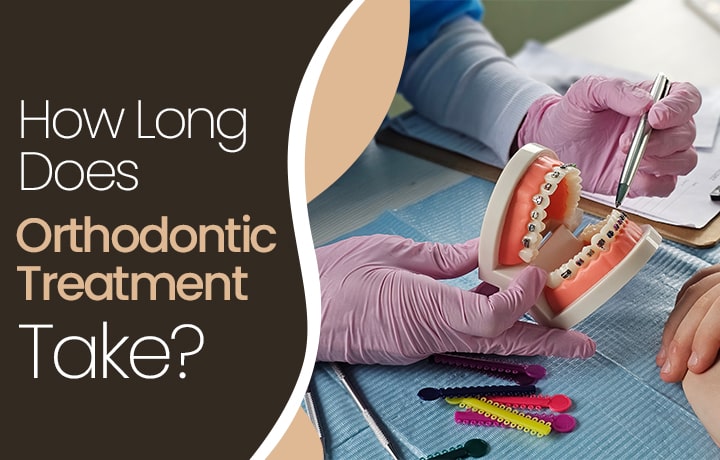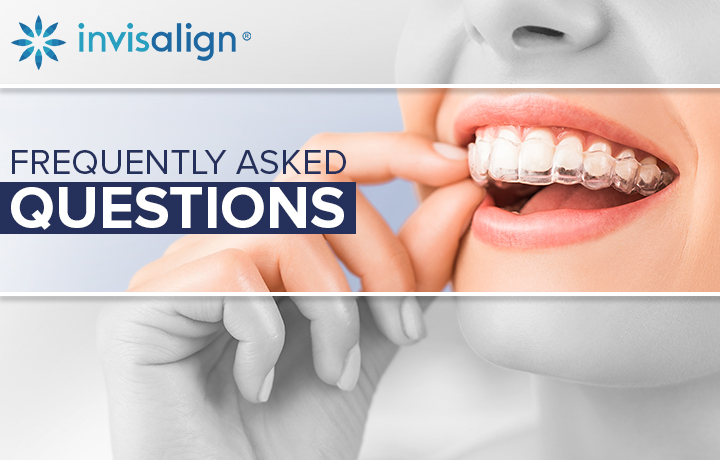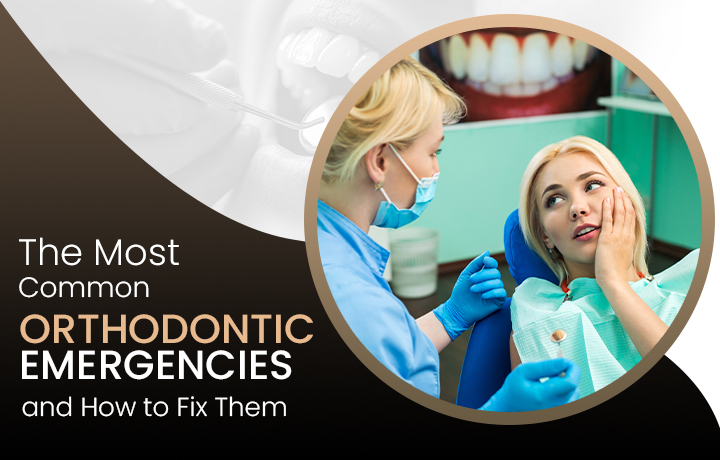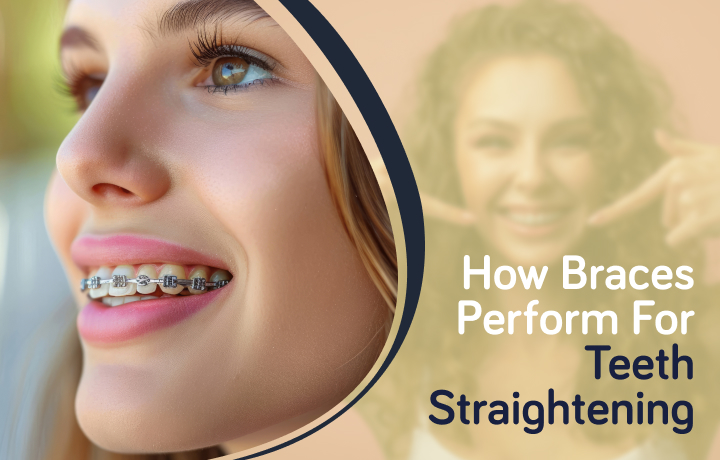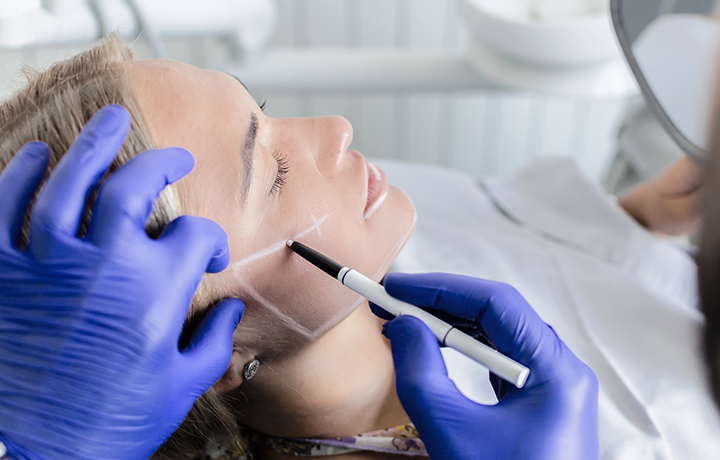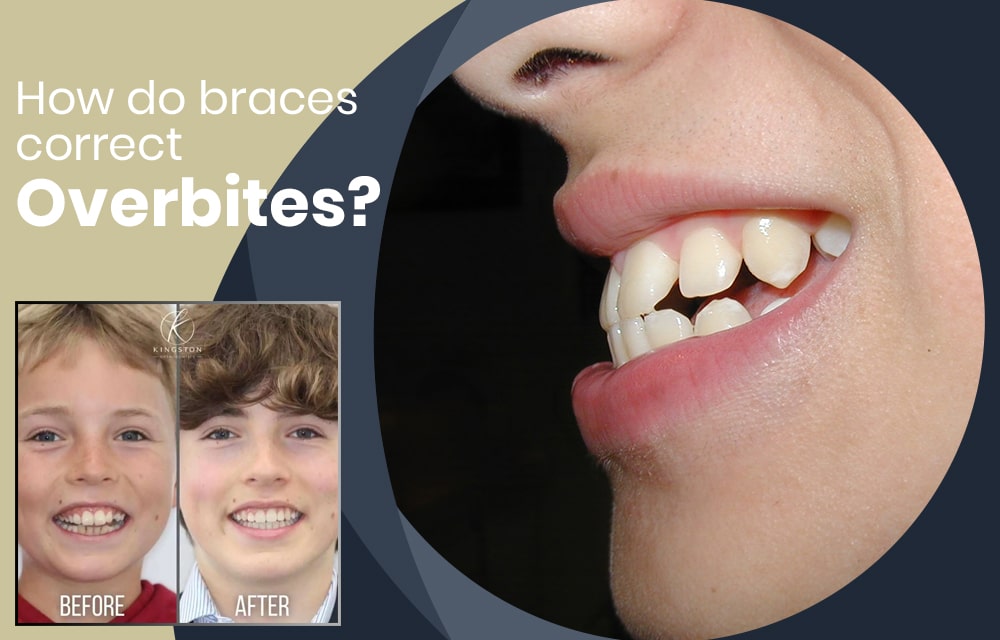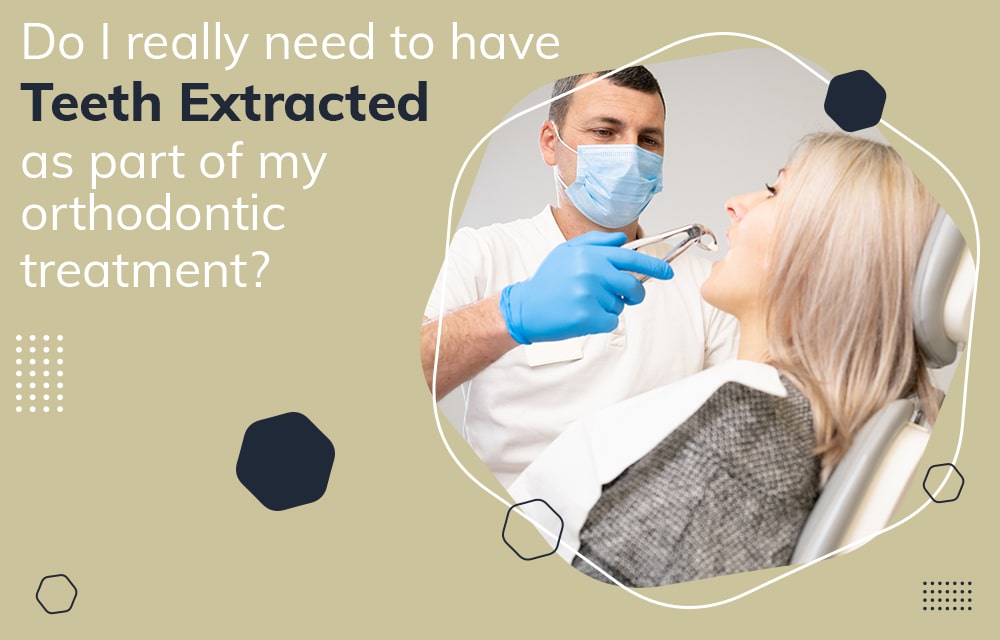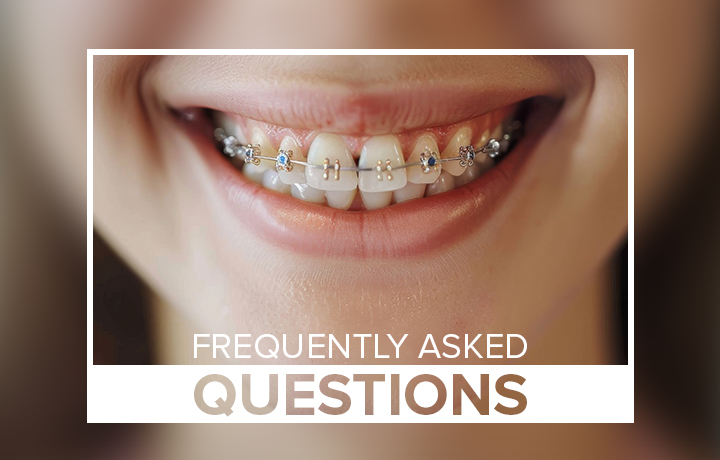
Commonly Asked Questions About Fixed Braces
Do braces hurt?
Braces play a crucial role in correcting the bite, aligning the teeth and therefore improving dental and oral health. Discomfort or pain is not uncommon after braces are first fitted and following brace adjustment appointments. It’s important to remember that this pain doesn’t last long and is a sign that the braces are actually moving your teeth effectively. When the brace is all in place, it exerts a pressure force on your teeth and this sensation of pressure can become painful when you first have your brace fitted.
If you do experience pain, rest assured that it only lasts for a few days before it settles. If however the pain does not settle or worsens and results in swelling or bleeding then this may indicate that there is a broken brace component or an underlying dental issue. You must contact your orthodontist urgently if pain persists beyond a few days or if you experience bleeding or swelling.
A full examination as well as X-rays taken prior to fitting braces will eliminate the risk of a dental concerns such a active tooth decay or gum disease. If there is an indication of any dental disease then your orthodontist will advise you to see your general dentist to resolve these issues prior to starting your orthodontic treatment.
How can I relieve the pain from braces?
Pain can be relieved by having a very soft diet immediately after braces are fitted. Foods such as pasta, noodles, rice, risotto, eggs, fish, soups, smoothies and soft fruits will be more comfortable to eat initially. This will avoid the sensation of increased pressure on your teeth that comes with hard or crunchy foods.
In addition, the technology in certain initial brace wires means that very cold drinks such as ice water will temporarily soften the wire and reduce the pressure it exerts on the teeth. This can feel very soothing in the first few days after fixed braces are fitted.
Pain relief medications bought over-the-counter such as paracetamol and ibuprofen can be taken as directed for the first 48 hours after the brace fitting to alleviate the sensation of pain from braces.
There are also topical anaesthetic gels that can be applied sparingly to sore areas on the inner side of your lip or cheek where the brace or wire may be rubbing and causing an ulcer. These gels should be used in very small amounts and for a short period of time as per the instructions on the packaging. The gels contain numbing ingredients such as benzocaine or lidocaine and only have a short term benefit as the gel is quickly washed away by the saliva in the mouth.
Your orthodontist will provide you with orthodontic wax and will show you how to apply this wax to parts of the fixed brace or parts of the wire that are rubbing and causing grazing or ulcers in your mouth. The wax acts as a barrier and allows your soft tissues to heal without the irritation from the brace. This wax can easily be removed before eating or toothbrushing and then replaced as needed until the ulcers in your mouth heal.
Maintaining excellent oral hygiene is crucial during your brace treatment, foods that lodge between your gum and the brace wires can cause pain and inflammation of the gums. Additionally, gum inflammation can occur very quickly if you do not use dental floss or interproximal brushes to clean around your gum line. Brushing your teeth therefore takes longer as the gums need to be cleaned as well as the teeth and the braces.
You will become accustomed to the feel of the brace after the first few days and all the sensations of discomfort and pain will settle down. You may experience discomfort or pain for a much shorter timespan after your brace adjustment appointments. Remember that this is a sign that your teeth are moving and responding to the gentle forces from the fixed braces.
What should I avoid eating and drinking when the braces are on?
You can still have a healthy varied diet when you have fixed braces fitted and adjusted.
Foods and drinks that can increase your risk of tooth decay:
Food and drinks with a high sugar content include sweets, high sugar content yoghurts or snacks, juices and fizzy drinks. A high sugar diet can result in white marks on the enamel of the teeth and can even lead to tooth decay. This happens more rapidly when fixed braces are in place as the sugary food and drinks latch around the brace and wires.
Foods that can break, damage or distort the brace:
Hard crunchy foods such as nuts, raw vegetables such as raw carrots, crusty bread/baguettes, pizza crusts and popcorn kernels should be avoided as they can make your teeth feel painful and can also break or distort your fixed brace.
Chewy sticky foods such as chewing gum, chewy sweets and mints and toffees can distort and dislodge the wires and brace.
What should I avoid doing when I am wearing braces?
Habits such as pencil chewing, nail biting, tearing or shearing packaging or opening bottles with your front teeth can damage your braces and make your teeth feel uncomfortable. Avoid these habits completely and your brace will remain intact.

How will I know if I need an emergency appointment?
Loose wires or broken brackets are the commonest reasons for emergency appointments. You will hear or feel a change in pressure if you bite into hard food and this results in the bracket bonded to your tooth becoming loose or may result in your wire breaking or poking into your lip or cheek. Make sure you arrange to see your orthodontist to have the brace or wire repaired and use your orthodontic wax in the meantime to alleviate any pain that the breakage may cause. Please avoid the temptation to remove parts of the brace or cut the wire yourself as you may cause further damage to your braces.
Can I still wear a mouthguard with fixed braces?
If you play contact sports such as rugby, hockey or martial arts then a mouthguard should be worn to protect your teeth and to avoid damage to the brace. Specialist orthodontic mouthguards are available that allow space for the brace within the mouthguard. Care must be taken when inserting and removing these mouthguards to avoid breaking your braces.
Can I still play my wind instrument with fixed braces on?
Wind and brass instrument players are often concerned about the effect that a fixed brace may have on their ability to perform. Make sure you discuss this with your orthodontist prior to having your braces fitted. Try to avoid having braces fitted or teeth extractions just before a music exam or performance. The good news is that practice makes perfect and the more you practice then the sooner you will adapt to your fixed brace. Beginners often don’t experience a change in their practice or performance however more experienced and professional players may become aware of a change.
Wind instruments - musicians who play woodwind instruments tend to adjust to their fixed brace more rapidly however they are more likely to develop a dry mouth when playing. Regular breaks and good hydration are therefore crucial when practicing or performing.
Brass instruments – it can take longer for these musicians to adapt to having a fixed brace compared to musicians who play wind instruments. Musicians who play the trombone or trumpet may experience problems when playing high notes for the first few weeks after the braces are fitted. Brass instrument musicians may find that the inside of the lips can become sore due to the pressure of the lips against the mouthpiece. Some therefore prefer to increase the size of the mouthpiece of in order to reduce and spread the pressure.
How soon can I eat and drink after having the braces fitted?
The composite adhesive glue that is used to bond your braces in place sets with a blue wavelength of light. You will see your orthodontist and orthodontic nurse using this light wand during your brace fitting appointment. This sets the outer layer of the glue immediately however the full bonding strength of the glue develops over the next 24 hours. You will therefore need to make sure that your diet is extremely soft initially by opting for soups, smoothies, very soft pasta, noodles or rice.
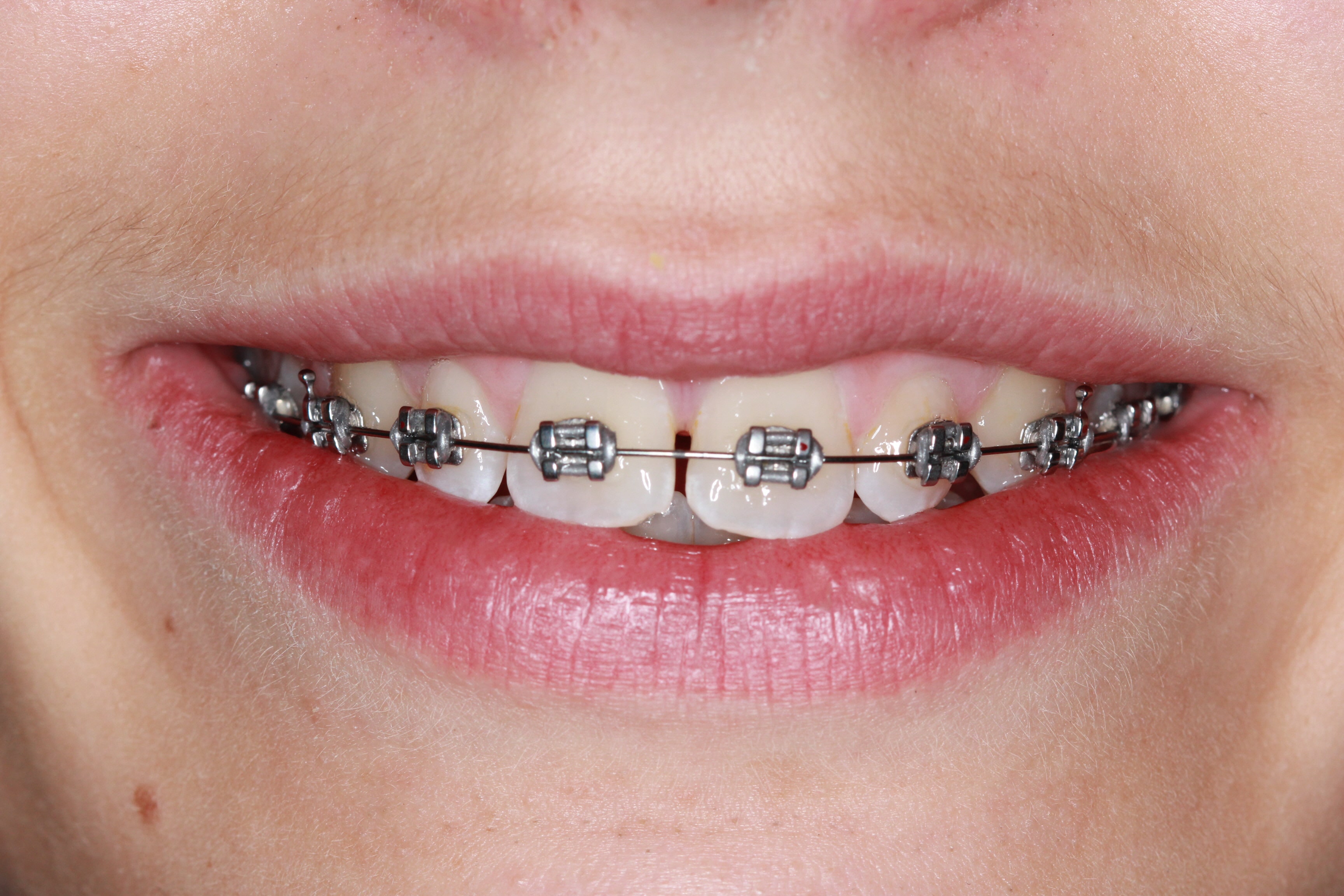

How do I clean my teeth with braces on?
Brushing your teeth will take longer after your fixed braces are fitted. It is so important to make sure that you maintain a high level of dental health and gum health throughout your brace treatment in order to avoid tooth decay, permanent marks on your teeth and gum disease.
The ideal orthodontic brace cleaning regime is as follows:
- Brush your teeth three times a day after meals
- Make sure you brush for at least 4-5 minutes each time
- Ideally use an electric toothbrush as it has a smaller head compared to a manual brush and orthodontic heads can be purchased that fit perfectly around fixed brace brackets and can assist with more effective cleaning
- Ensure you brush all your tooth surfaces as well as your gums
- Use additional brushes that will help you to clean under your wires and around your brackets
- Use dental floss, orthodontic floss or interproximal brushes to clean the contact points between your teeth
- A fluoridated alcohol-free mouthwash should be used once a day at a different time of day to when you brush in order to further protect your teeth from tooth decay
- Use disclosing tablets initially to highlight the areas that you may be missing when brushing
- Don’t forget to clean your tongue using your toothbrush or a tongue scraper
How long will my treatment take?
The length of your treatment depends on the severity of your case and the complexity of the orthodontic tooth movements that are needed. Treatment length tends to be longer in adults compared to children.
Very mild cases can take 6-9 months on average, moderate cases can last for 12-18 months and more complex cases requiring multiple brace types or dental extractions can last for 2 years or more. Your orthodontist will provide you with an estimate of your treatment time after you have had your full orthodontic consultation.
How easy is it to remove the braces once my treatment is complete?
Having your braces removed will feel exciting but also daunting. The good news is that fixed braces click off the teeth cleanly and quickly with the specialist tools that your orthodontist will use for this procedure. You will feel a click on the surface of each tooth as the bracket is carefully lifted off. The enamel of your teeth is not damaged during the brace removal process. Once the brace is removed there will still be a layer of composite bonding glue that your orthodontist will then carefully remove from the surface of your teeth using a dental drill. This process does not require a local anaesthetic and is not painful however you will feel a buzzing vibration on the surface of each tooth as the glue is removed and the teeth are polished.

